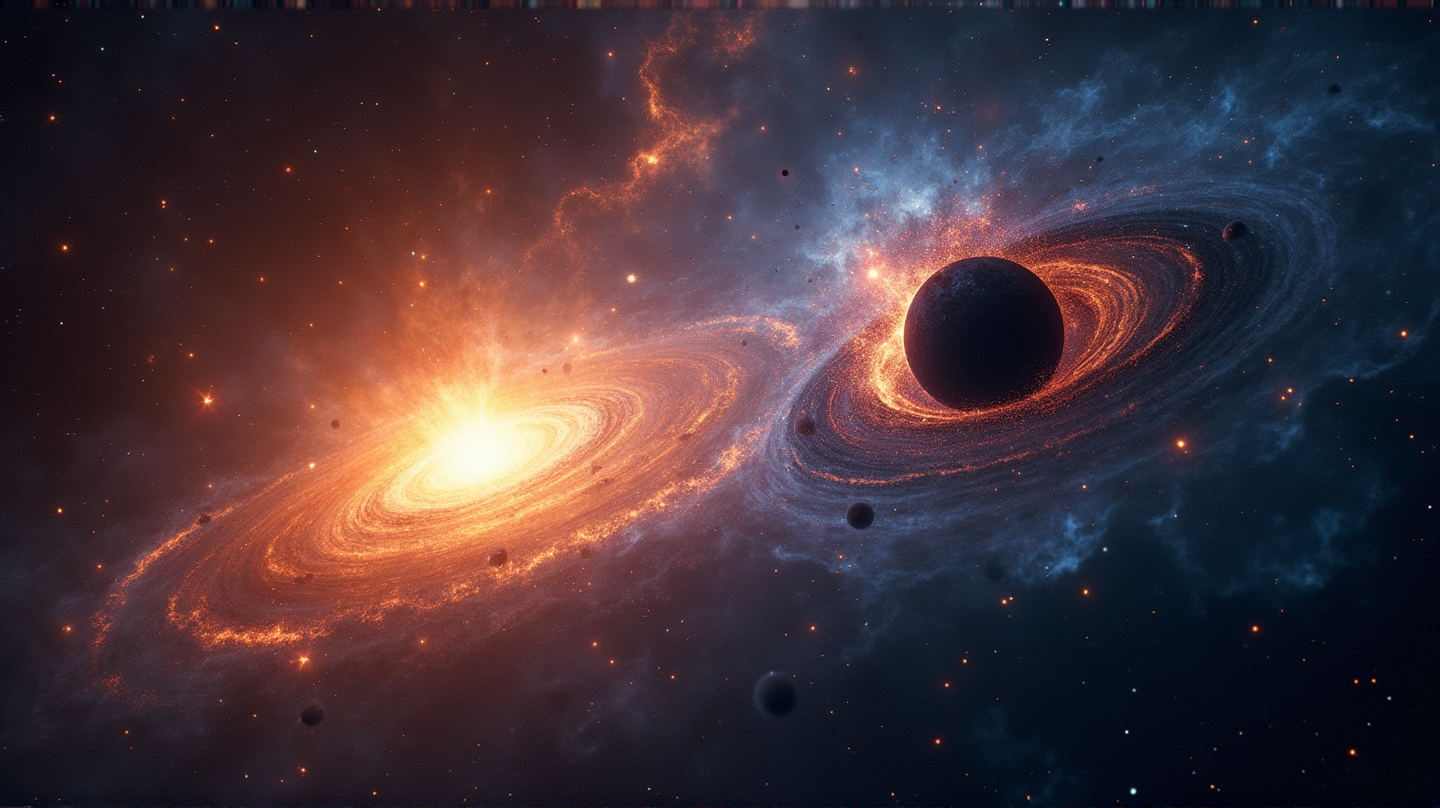Unveiling the Secrets of the Universe's First Black Holes: A James Webb Telescope Discovery
Discover how the James Webb Telescope's findings are reshaping our understanding of early black holes in the universe.

The universe is full of mysteries, but perhaps none is as captivating as the enigma surrounding its earliest black holes. Thanks to the James Webb Space Telescope (JWST), we are now on the cusp of unraveling these cosmic conundrums. According to Live Science, recent JWST observations have identified peculiar objects that could fundamentally alter our understanding of black hole formation.
A Cosmic Revelation
The discovery of QSO1 in the galaxy cluster Abell 2744 challenged everything we knew. As a gravitational lens, the cluster amplified our view into the universe’s distant past. From this vantage point, QSO1’s peculiar nature emerged; its black hole dwarfs the surrounding mass, rewriting the narrative of galactic formation.
Mysterious “Little Red Dots”
Further analysis unveiled numerous “little red dots” — compact, ancient galaxies from epochs between 500 million to 1.5 billion years post-Big Bang. Their characteristics hint at far earlier and more massive cosmic evolution than previously imagined.
Black Holes: Birth from Stars or Beyond?
Typically, black holes emerge from the collapse of massive stars. However, the scale of early black holes suggests another origin could be at play. One possibility is the direct collapse of dense gas clouds, a hypothesis bolstered by the discovery of black hole UHZ-1, showcasing characteristics of this formation pathway.
Primordial Origins
The theory of primordial black holes adds another dimension. First put forward in the late 20th century, these black holes were theorized to have formed moments after the Big Bang, growing within nascent galaxies or independently. The QSO1 system may provide evidence supporting this theory, suggesting black holes predate the very stars they consume.
The Chicken or the Egg: Which Came First?
This newfound understanding throws the “chicken-and-egg” dilemma for black holes and galaxies into a swirl of scientific inquiry. The rapid growth of QSO1’s black hole without significant star formation challenges traditional models, hinting that so-called exotic theories are becoming mainstream in our quest to decode the universe’s origins.
Marta Volonteri’s insights underline that while QSO1 invites more questions than answers, it represents a pivotal piece in the cosmic puzzle. As the JWST continues its mission, astronomers and astrophysicists worldwide eagerly anticipate further revelations, bringing us closer to comprehending the universe’s past.
The James Webb Space Telescope marks a new era in astronomy, tirelessly exploring the farthest reaches of space. Its discoveries keep reshaping our understanding, reminding us that the universe is a vast expanse full of secrets yet to be unveiled.

